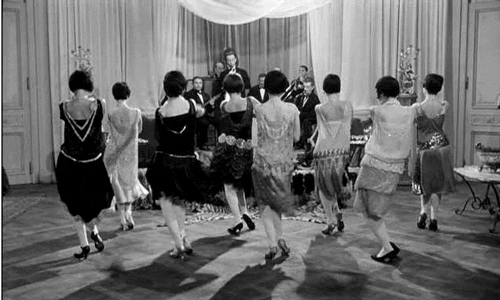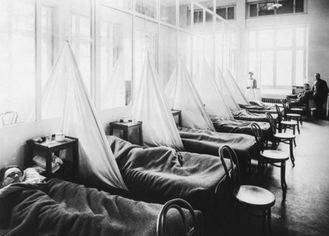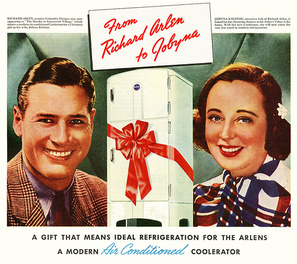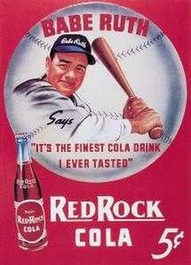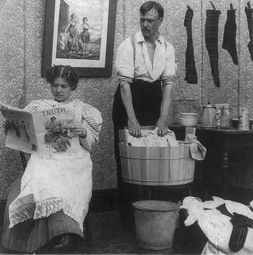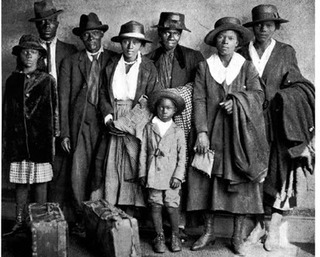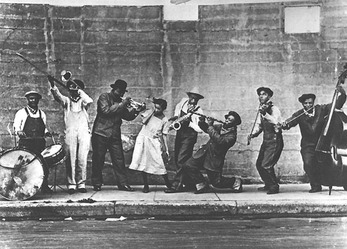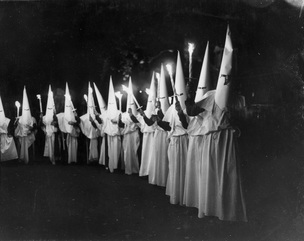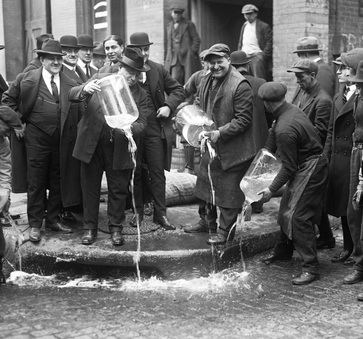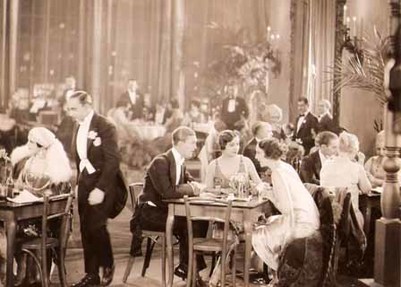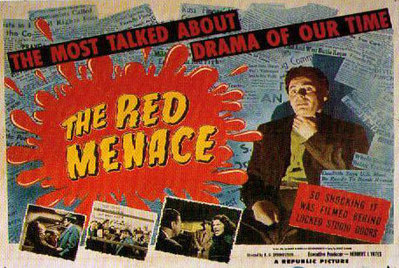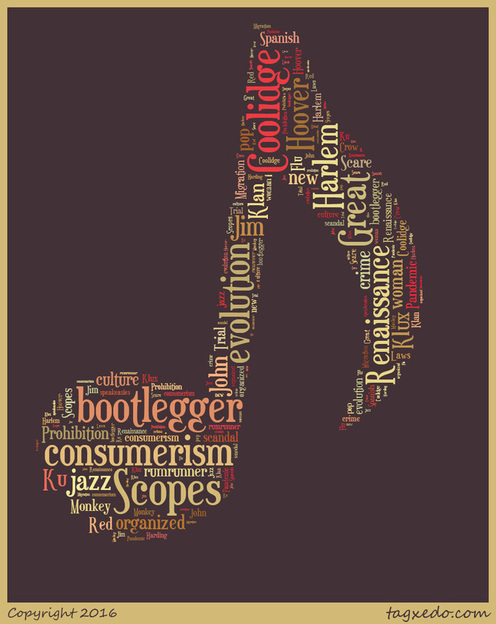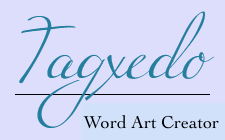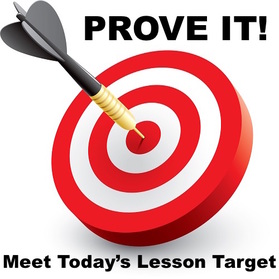Unit 4: Introduction Lesson
AMERICA GOES WILD!
The Roaring Twenties Overview
LESSON TARGET
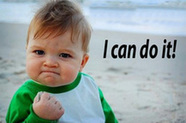
I can list the major issues and events in the 1920s.
READ ABOUT IT
Directions: The first thing you need to do is read about the Roaring Twenties. Make sure that you are looking for the major issues and events of the 1920s during the reading.
The Roaring Twenties
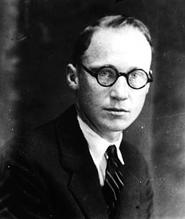 John Scopes
John Scopes
Another controversy during the Roaring Twenties was the idea of evolution. Evolution is a theory of the scientist Charles Darwin. Darwin believed that living things gradually changed over a long period of time into a different and better form. One of the things Darwin suggested is that humans evolved from apes. This controversy brought national attention to one high school teacher named John Scopes. Scopes was arrested for teaching evolution to high school students and, the Scopes Monkey Trial would determine whether teachers in the future could teach Darwin's theory or not.
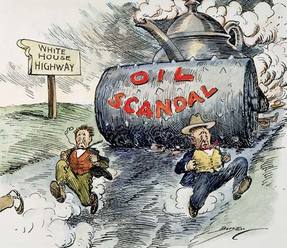 This political cartoon makes fun of the people involved in the Teapot Dome Scandal
This political cartoon makes fun of the people involved in the Teapot Dome Scandal
The presidents of the 1920s all had different ideas about how the government and economy should be handled in the United States. Warren G. Harding, Calvin Coolidge, and Herbert Hoover all were very different presidents who took the country in different ways during their presidencies. Warren G. Harding was involved in several scandals from bootlegging alcohol to the White House during Prohibition to the shocking Tea Pot Dome Scandal involving illegal use of federal oil reserves.
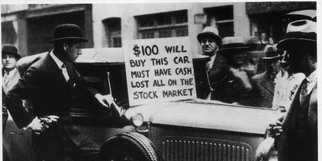 Many Americans lost everything they owned in the Stock Market Crash of 1929
Many Americans lost everything they owned in the Stock Market Crash of 1929
Calvin Coolidge was a quiet, stern president that believed in laisseze-faire economics. Laissez-faire is a french words that means, let people do as they choose. Laissez-faire economics is the belief that the government should not interfere in the economy of a nation in any way. Herbert Hoover was the president at the end of the 1920s during the Stock Market Crash of 1929. The Stock Market Crash of 1929 sent the nation into the Great Depression.
EXPLAIN IT!
Directions: The second thing you need to do is show that you understand what you have just read. Let's do the discussion polls below. I will read each question and its answer choices aloud. Then, you choose which answer you believe is correct. Then, we will look at the poll results and discuss the answers as a whole class.
|
|
|
|
|
|
ANALYZE IT!
Directions: The third thing you need to do is break down what you have read. In your small groups, create a list of the major issues and events of the Roaring Twenties in your Introduction Lesson - America Goes Wild Lesson Chronicles, under the Analyze It Header. We will discuss these as a whole group when you have completed these in your small groups.
CREATE IT!
Directions: The fourth thing you need to do is create something with what you learned. In this activity, you will create word art, like the one below, using vocabulary words, issues, and events in this lesson. To get started, first read all of these directions completely!
1.) Create a Pages Document
- Open a Pages document on your macbook to type your list.
- Choose vocabulary words, issues, and events that you feel play an important role in the Roaring Twenties.
- Type each word, term, or phrase and then press enter after each one.
- When you are finished, save the document as your first name, last name, and the word tax. For example, if your name is John Cena. You will click save and type in: johncenatax.
- In your Pages Document, Click on File.
- Scroll down to export as and select Plain text.
- Save the plain text document to your desktop, the same way you saved the Pages document, first name last name, tax.
- After reading all the directions, click on the Tagxedo icon below.
- On the Tagxedo site, click on the word Create.
- Then click on the word Load.
- When the box opens, click on the word Browse.
- Find your word list that is saved as a Plain Text Document and select it to load the list.
- When your words appear in the screen, you can begin designing.
- Click on shape to change the shape of your word art. You can find a black image on Google images to insert your own image. Raise your hand if you want to do this and need help.
- Click on theme to change the color scheme of your word art.
- Click on font to change the way the words look on your word art.
- When you are finished designing your art, click on save/share.
- Select 1MP JPG and save your art the same way you saved the other things. First name, last name, tax.
- It takes a few minutes to download.
- Insert the group flash drive.
- Move the icon of your word art the plain text word list to the icon of the flash drive on your desktop.
- Your list and word art are now saved to the flash drive.
- Move the icon of the flash drive to the trash icon on your desktop.
- When the icon of your flash drive disappears from your desktop, it is safe to remove the flash drive and give it to a neighbor.
You can now click on the icon below and get started.
PROVE IT!
Directions: The last thing you need to do is to prove that you have met the lesson target. Click on the lesson target icon below to complete the Prove It Activity.
CHALLENGE COMPLETE
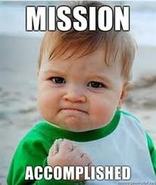
Congratulations!
You have completed the Unit 4 Introduction Lesson - America Goes Wild.
